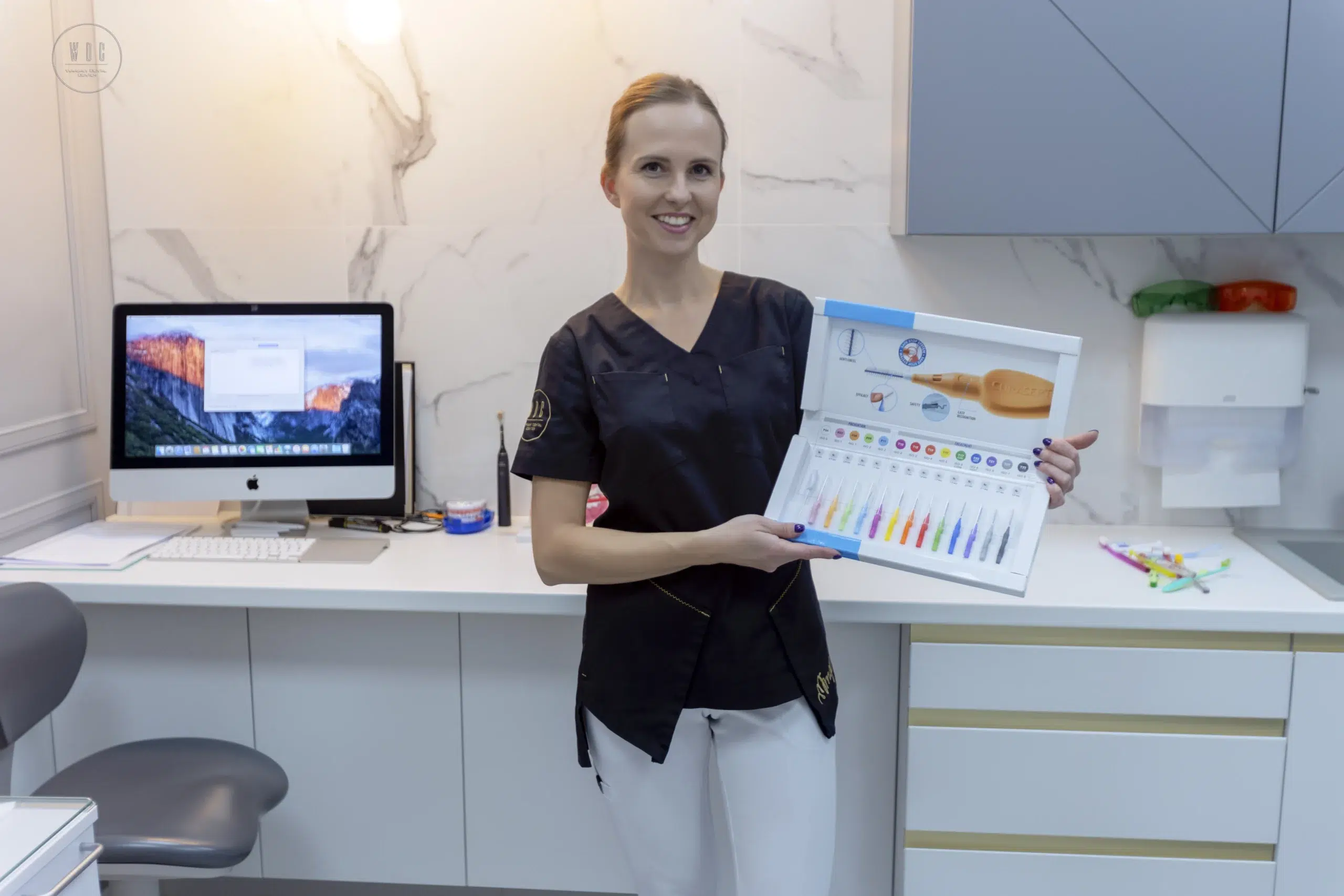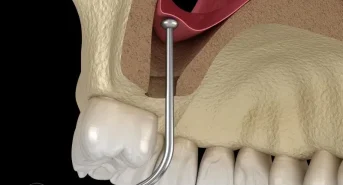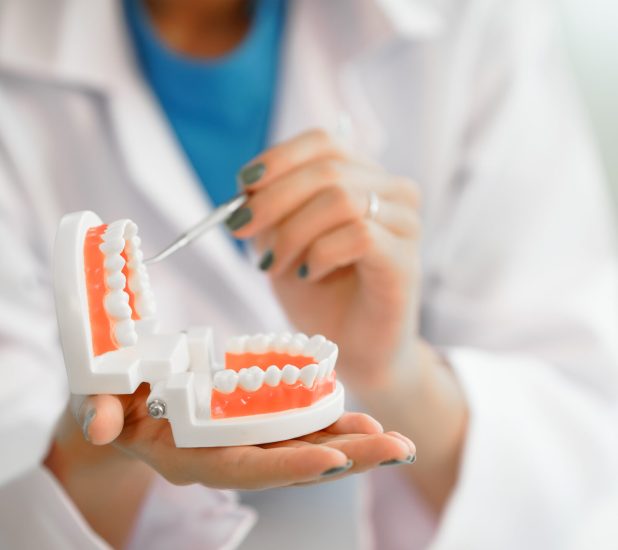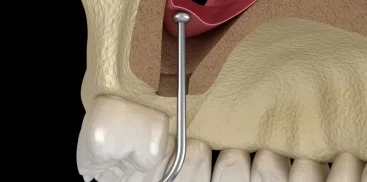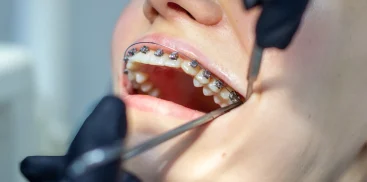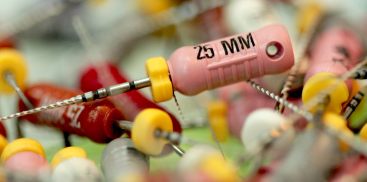What is interdental brushing?
There is an interdental space between every two teeth in the human mouth. It may be very small or easily visible, but it is always there. Teeth are never perfectly straight; they are wider at the crown and thinner at the neck, so there is always some space between two touching teeth.
Because the interdental space is inaccessible to a toothbrush, it cannot be reached with traditional brushing. As a result, bacteria accumulate in the interdental space and can remain intact for a long time. The bacteria produce toxic waste that weakens the enamel and irritates the gums, ultimately causing tooth decay and periodontal disease. There is also an odor that is caused by bacteria living and reproducing between the teeth.
To prevent these effects, we must physically break down the bacterial colonies that accumulate between our teeth. And for this we need:
- a special type of toothbrush, small enough to fit between our teeth,
- soft enough not to damage enamel and gums,
- but effective enough to remove all bacterial residues with an inward and outward motion.
Why not just floss?
Dental floss was revolutionary for its time, and then interdentals took over.
Dental floss is perfect for placing between teeth (especially front teeth) and removing part of the bacterial film from the interdental space. However, dental floss would never reach every corner of the interdental space. As a string, it can only clean regularly shaped surfaces. Irregular surfaces and pockets between teeth (such as back teeth) are still inaccessible to dental floss.
What is important in an interdental brush?
Size. Interdental brushes should be selected according to the size of the interdental spaces. It is recommended that the interdental spaces be measured by a healthcare professional to obtain accurate dimensions. You will receive a size chart that will indicate each interdental space with the appropriate toothbrush sizes you need.
Softness and performance. The bristles of the toothbrush must be soft so that they do not damage the teeth or irritate the gums.
Maintenance and replacement. Some interdental brushes come with a disposable handle.
Interdental brushing is a key element of oral hygiene, which not only prevents the formation of caries or periodontal disease, but also has a positive effect on fresh breath and the overall condition of the teeth. Choosing the right toothbrush and regular, precise cleaning of the interdental spaces are invaluable steps in taking care of your oral health. Remember that this task requires regularity and precision, but the effects in the form of healthy teeth and gums are worth it.
